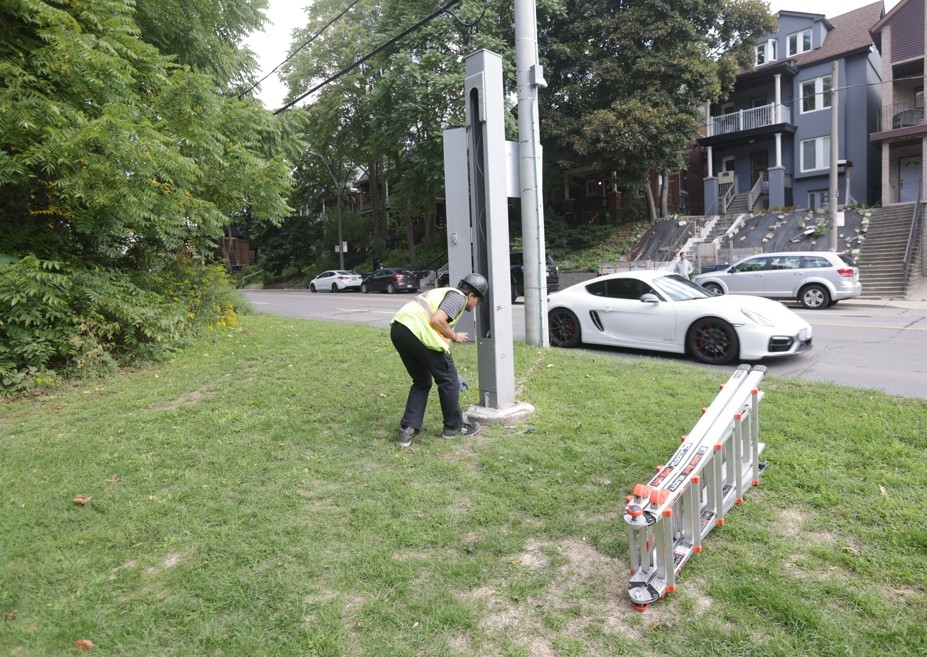A sudden shift in Ontario’s road safety strategy unfolded Friday with the provincial government’s ban on speed cameras. Simultaneously, a substantial $210 million fund was unveiled, earmarked for enhancing safety on roads, particularly around schools and in community zones.
The decision stems from Premier Doug Ford’s long-held criticism of the cameras, which he has characterized as revenue-generating “cash grabs” by local municipalities. This move effectively ends a program that many cities relied on to deter speeding and improve pedestrian safety.
The newly established Road Safety Initiatives Fund (RSIF) will prioritize tangible, physical changes to roadways. Plans include the installation of speed bumps, raised crosswalks, and roundabouts, alongside more prominent signage and a bolstered police presence in previously camera-monitored areas.

The Premier’s assertion that speed cameras are ineffective directly contradicts evidence presented by municipalities and researchers at the Hospital for Sick Children. Their data demonstrably showed a reduction in speeding incidents where cameras were deployed.
Over twenty mayors voiced strong opposition to the complete removal of the program, advocating for adjustments instead. They argued that scrapping the cameras shifts the financial burden of road safety from those who violate traffic laws to all taxpayers.
The government’s resolve to dismantle the speed camera system became strikingly visible with the rapid removal of seventeen automated cameras across Toronto in a matter of days. This action signaled a clear intent to follow through on the Premier’s promises.
Transportation Minister Prabmeet Sarkaria announced an immediate allocation of $42 million from the RSIF for the aforementioned safety measures. The remaining $168 million will be available to municipalities through an application process, allowing them to tailor solutions to their specific needs.
This dramatic policy change marks a significant turning point in Ontario’s approach to road safety, prioritizing infrastructure and enforcement over automated monitoring. The coming months will reveal whether the new strategy proves as effective as its predecessor in protecting vulnerable road users.





